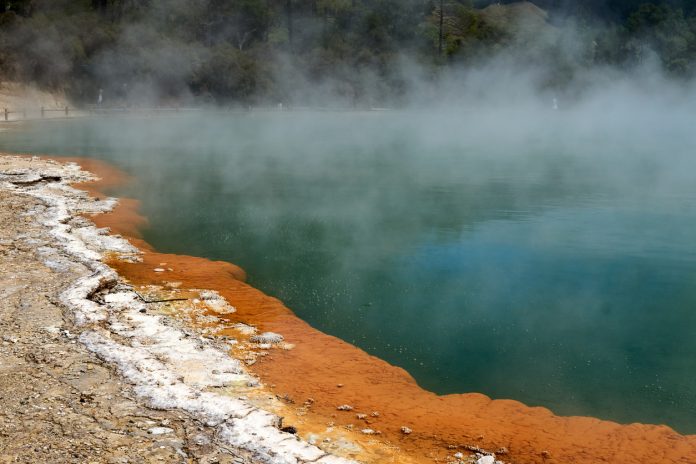Evaporation happens around us all the time. However, a recent study found a surprising factor where evaporation can take place without heat present
In recent years, some researchers have observed experiments involving water contained within a sponge-like material called a hydrogel. They observed that the evaporation rate exceeded what could be accounted for by the amount of heat or thermal energy the water received. This excess evaporation was substantial, often doubling, tripling more of the theoretically expected maximum rate.
Surprising light-induced evaporation
After thoroughly evaluating the results from different research groups who had previously reported exceeding the thermal limit and conducting a series of experiments and simulations, it became clear that the limit had remained the same.
A team of scientists at MIT conducted has arrived at a remarkable conclusion: at a boundary where water and air meet; light can directly trigger evaporation without the need for heat and does so more efficiently than heat. While their experiment involved water with a hydrogel material, researchers proposed that this could still occur under different conditions.
Improving the accuracy of climate models
The researchers believe this phenomenon could play a role in the formation and evolution of fog and clouds, making it essential to incorporate it into climate models to improve accuracy.
It may also have a significant role in many industrial applications, such as water desalination, potentially eliminating the need to convert sunlight into heat as an intermediate step.
Applications in solar desalination
When the team first started looking into solar evaporation for desalination, they introduced particles of a light-absorbing black material into a container of water to facilitate sunlight conversion into heat.
“We tested it under our solar simulator, and it worked,” confirming the unusually high evaporation rate, Chen says. “So, we believed them now.” Chen and Tu then began making and testing their own hydrogels.
The research team encountered the findings of another research group that had achieved an evaporation rate exceeding the thermal limit, which represents the maximum possible evaporation that can occur for a specific input of heat, as dictated by fundamental physical principles like the conservation of energy.
The researchers suspected that light itself was responsible for the extra evaporation. They conducted experiments on a hydrogel’s surface, a water-filled material with a sponge-like structure. They then exposed it to different colours of simulated sunlight and measured the evaporation rate, using a scale to track mass loss and monitor surface temperature. They found that the effect was most pronounced with a specific green wavelength of light, unrelated to heat, supporting the idea that light caused some evaporation.
To confirm, they repeated the experiment with electricity instead of light for heating, but the water didn’t evaporate beyond the thermal limit. However, when they used simulated sunlight, extra evaporation occurred, proving that light was the cause.
Water and the hydrogel alone don’t absorb much light, but when they come together, they become strong light absorbers. This combination allows the material to efficiently capture solar energy and surpass the thermal limit without dark dyes.
Revolutionising water production
The researchers, having discovered this effect, named it the photomolecular effect. Now, they’re working on practical applications. They have funding to investigate how this phenomenon can enhance the efficiency of solar-powered desalination systems and its impact on climate change modelling.
Chen suggests that it is possible to increase the current limit of 1.5 kilograms of water per square meter produced by solar desalination by up to three or four times through the utilisation of this light-driven method. “This could potentially really lead to cheap desalination,” he says.
“This could potentially really lead to cheap desalination,”
Tu also mentions that this phenomenon might have potential applications in evaporative cooling systems, where the phase change could be used to create an efficient solar cooling system.
Editor's Recommended Articles
-
Must Read >> Conserving water is essential to feeding the world














